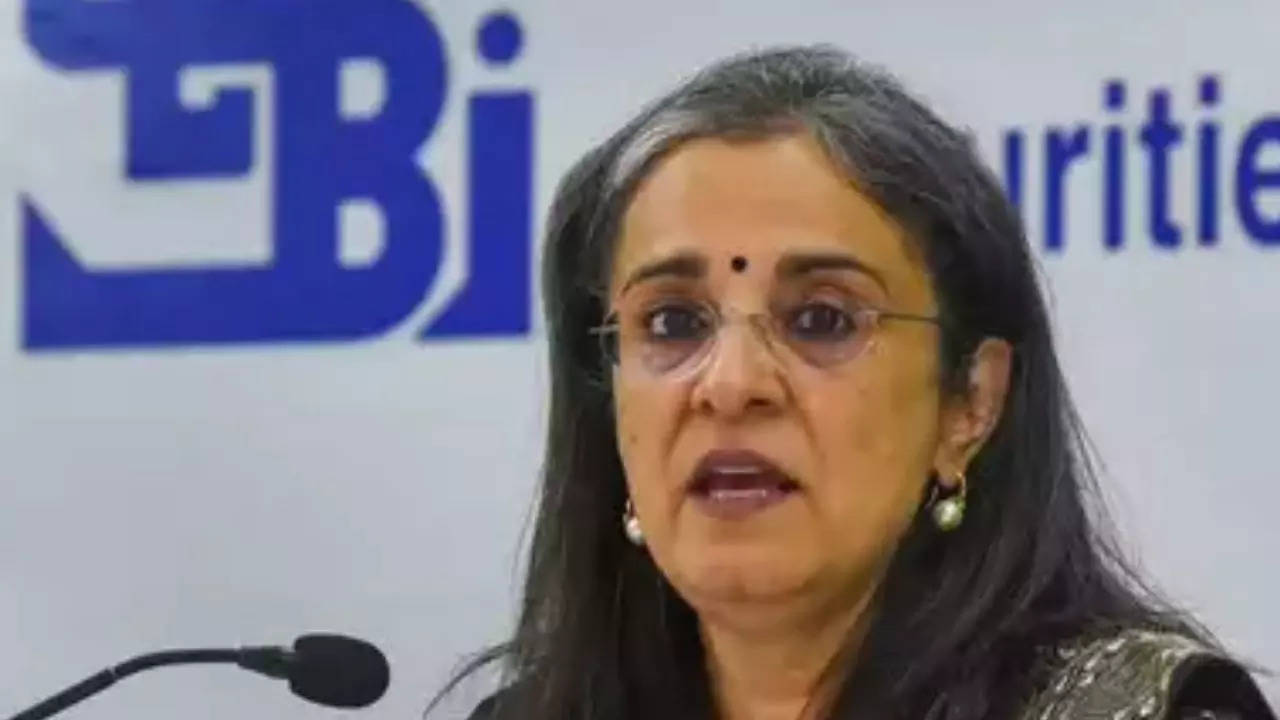Sebi to start T+0 trade settlement on optional basis by March 28: Chairperson Buch
Sebi had proposed to implement instantaneous settlement of trades of T+0 in two phases. In phase 1, the regulator will begin with implementing an optional T+0 settlement cycle (for trades till 1:30 PM), with the settlement of funds and securities to be completed on the same day by 4:30 PM.
MUMBAI - The Securities and Exchange Board of India () will begin the T+0 trade cycle settlement on an optional basis by March 28, chairperson said on Monday.Currently, the Indian stock market operates on a T+1 settlement cycle for all scrips. T+0 would mean settlements in the same day and instant settlement would ensure trades are settled immediately.
The capital market regulator had proposed to implement instantaneous settlement of trades of T+0 in two phases.
In phase 1, the regulator will begin with implementing an optional T+0 settlement cycle (for trades till 1:30 PM), with the settlement of funds and securities to be completed on the same day by 4:30 PM.
In phase 2, an optional immediate trade-by-trade settlement (funds and securities) may be carried out. In the second phase, trading will be carried out till 3.30 pm, Sebi said.
had said that the phase-1 optional T+0 settlement will be implemented by the end of the current financial year.
One of the major benefits of shifting to instant settlement is increasing liquidity in the market.
T+0 settlement enables instant receipt of funds and securities, vis à vis existing pay-out on T+1 day. Further, it eliminates the risk of settlement shortages, since both funds and securities will be required to be available before placing the order.
As funds will be credited into clients’ accounts directly, it strengthens investor protection.
T+0 settlement is expected to provide flexibility in terms of faster pay-out of the funds against the securities to the sellers and faster pay-out of securities against the funds to the buyers, the consultation paper said.
(Disclaimer: Recommendations, suggestions, views and opinions given by the experts are their own. These do not represent the views of The Economic Times)
Source: Stocks-Markets-Economic Times
